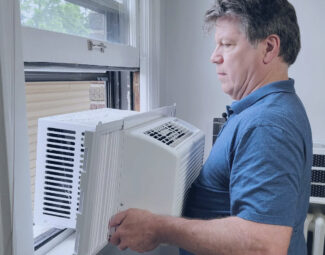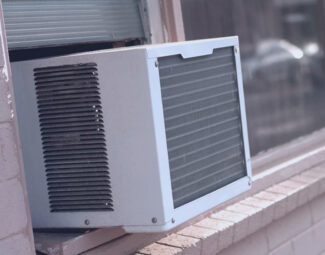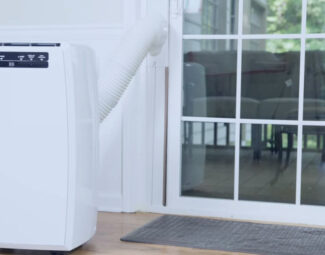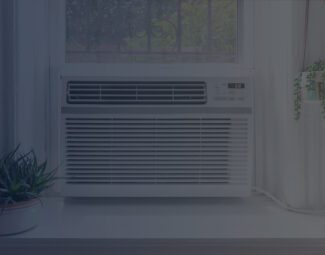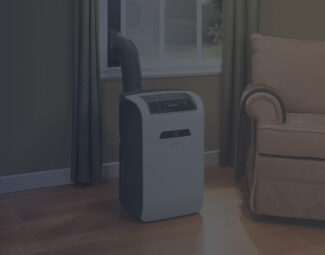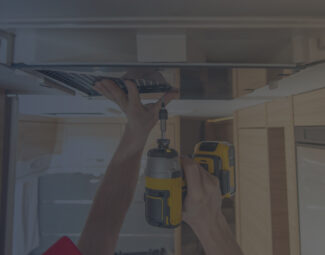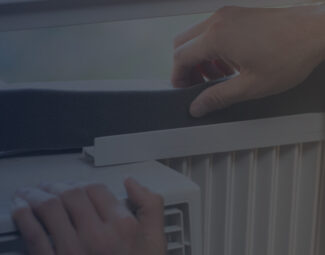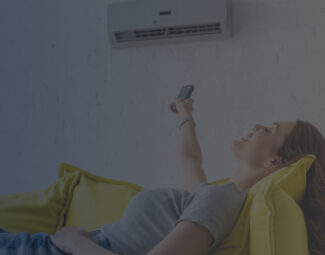U nless you pick a system that can use solar energy, any machine designed to improve the comfort of your home will generate supplementary costs. The AC more than others, as it has a lot of work to do to remove the heat from your rooms. While it is true that a single-room system will cost you less than central cooling, it goes without saying that it won’t bring you the same comfort. Except if you spend most of the time in that specific room.
The good news is, though, that there’s plenty you can do to help your machine work more efficiently and, thus, reduce energy costs. Nevertheless, you will need to invest a bit more at the beginning, and this could mean a few bucks or a bit of your time. But we guarantee it would be worth it.
Take a look at these simple tips and tricks we have prepared for you and start applying them to your home. The results will soon be visible on your energy bill.

Couple Checking Bills For Home Budget
How Much Does It Cost to Run an AC these Days?
Is it cheaper to run an AC now than in the past? While the energy costs have changed over the years, in general with an increasing pattern, another thing happened when it comes to appliances: they became more energy effective. Not so many people afforded an AC 30 years ago, and this is because it consisted of a large machine that required a lot of electricity to cool the air down. Nevertheless, the AC is still a high energy consumer, so let’s do the math and see how much does it cost to run one today.
For this example, we’ve picked a 4-ton 16 SEER unit, which, at this rating, draws around 21 amperes. To calculate the wattage, which is the one that interests us, we multiply the amps with 240, as a unit designed to cover a large space, like this one, will require a 240-volt outlet. The result is 5,040 watts. By dividing this value to 1,000, we find out the number of kWh. In this case, it is 5.04 kWh.
How much does it cost per hour to run an AC?
Let’s take the average residential kWh cost in Indiana, which is representative for most of the states. That would be 12.65. To find out how much our unit draws for an hour of running, we multiply the number of kWh with the cost. Thus, we have 5.04 kWh x 12.65= 63.756. This means that you will pay $0.63756 to run the unit for an hour.
When looking at such a small number, you might not realize how high the cost truly is. So, let’s make some further calculus.
How much does it cost per day to run an AC?
Assuming that you will keep the unit running 8 hours every day, you will need to pay around 5 dollars.
The formula is cost per hour x number of hours.
So, in our case, it is $0.63456 x 8 hours=$5.10048
Assuming that you may keep the unit running in the night as well for, let’s say 7 hours, it will cost you an extra $0.63456 x 7 hours=$4.44192
So, the total amount for a day in which you run your unit for a total of 15 hours would be $9.5424.
How much does it cost per month to run an AC?
Here comes the big number, the one that surprises us every time. In order to find out how much running the AC for a month will cost, we multiply the cost per day with the number of the days of the month, let’s take 30.
Thus, we have $9.5424 x 30=$286.272
This is a lot, isn’t it?
Multiply it by 3 to find out how air cooling would cost you for the entire season. Let us help. It’s $858.816.
Useful Tips to Lower the AC Bill
As you have seen and maybe already known, the comfort of coolness in the summer is pretty expensive. But those numbers can be considerably lowered through some tricks. We’ve assumed that you will keep the unit working for 15 hours every day. You can choose not to. Or you can keep it running at a lower speed while taking into consideration the following tricks:
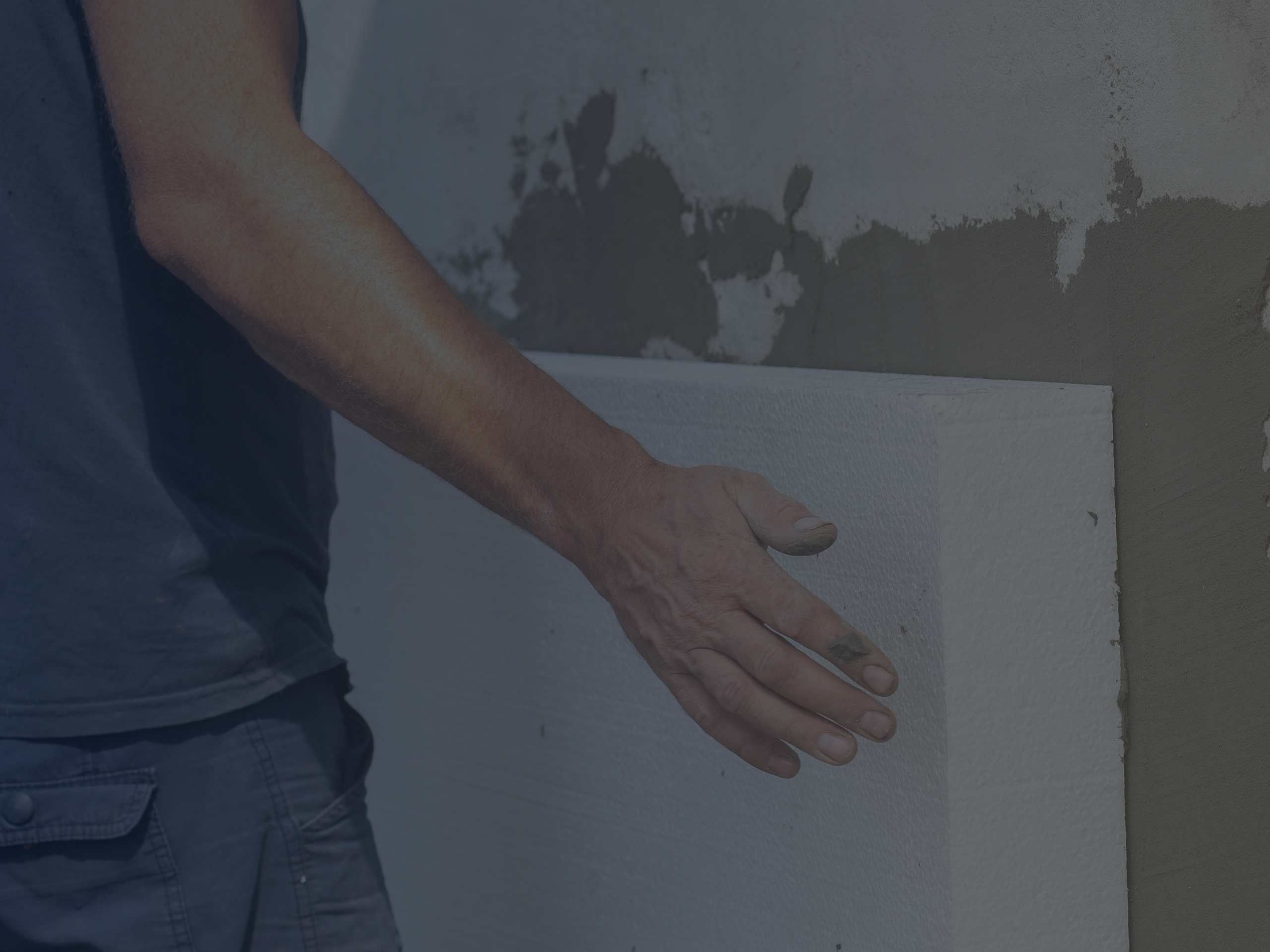
Man insulating a Facade Wall with Styrofoam Sheets
#1. Insulate your home
If it is poorly insulated or the insulation is old, both the coolness and the heat will escape your home. This will also happen if you have no insulation at all, so maybe it is time to invest in one or go for an upgrade. The new models are a bit more expensive, but they are built of high-quality materials, designed to lower your heating bills in the winter and reduce the expenses with the AC in the summer. Plus, you will have more to win, as they insulate noise as well, so your home will be more peaceful.
#2. Upgrade your windows
The cracks in the wood or improper sealing of the windows can only bring you disadvantages, especially if you opt for a single-hose portable AC. As this model uses only one hose to draw the hot air and blow cold air, it creates negative pressure in the room, allowing for the hot air from outdoors to be sucked through any opening it can find. But the problem isn’t specific to these units only. In general, if the windows are old or cheap, they will reduce the effectiveness of the air cooler. At the same time, they will allow dust and pollen to enter the premises and aggravate allergies or asthma.
#3. Invest in a whole house fan
It may seem odd that we suggest buying another cooling installation when you have already invested a lot in your AC. But this may be the best adjustment you could do. A solar attic fan will use solar energy to create negative pressure in the attic and, thus, draw all the hot air from your rooms. No energy costs at all. You will then use the AC only when it gets really hot, a few hours a day, and suddenly, you will get yourself some extra money for a short vacation. For the next year. As this year you will need to pay for the attic fan.
#4. Install a thermostat
If your unit already came with one, set the temperature around 78 degrees Fahrenheit and let it run on auto mode. Studies have proven that at this value, your system is the most power-effective while you continue to feel comfortable. If your AC doesn’t have this option, consider buying one separately and connect it to the system. Thus, the machine will work only when it is required, tuning off when the desired value has been reached. If you decide to turn the device on and off when you consider it, you may end up paying more or feeling uncomfortable. It isn’t uncommon for people to forget to shut down their ACs before leaving the house or to fall asleep with them off and wake up in insufferable heat.
#5. Rise the temperature when you are not at home
But only if there are no pets left in the house. You wouldn’t want them to suffer through an entire day with all the windows and doors shut and no AC. If this isn’t the case, set the thermostat to a higher temperature. It will still run to prevent heat from gathering inside but at a lower speed. Thus, when you come home, it will be easy to create comfort, as the air in the house will be just a bit warm, not hot.

Modern Scandinavian-Style House Surrounded by Tall Trees
#6. Create shade around your house
This advice is only for highly determined people, who are willing to do the work of planting trees around the house and wait for them to grow high enough to cover the windows into nicely cool shade. A building that is hidden in the middle of vegetation will always be cooler, and this will reflect on the energy bill. If the walls are cool, the AC will run less every day, while the comfort will stay the same.
#7. Perform maintenance on time
The system uses filters to keep dust away from its components and, at the same time, provide some filtering for the air in your house. There’s no HEPA filtration, but it will act well against insects and lint. Over time, the filters get dirty or clogged, so it is essential to clean them. Once a month is enough to make sure that the unit’s efficiency isn’t reduced by blocked filters. At the same time, you should remember that every AC system comes with a condenser. The coils can gather dust and dirt as well, so consider them when you perform maintenance.
#8. Move your heat-releasing activities into the night
Consider doing laundry or cooking after sunset. At night, the temperature outdoors decreases naturally, and this will reflect upon the temperature inside. If this doesn’t work for you, at least try to avoid heat build-up during the day. Pick outdoor grilling instead of oven cooking or choose to wash your clothes by hand and hang them to dry instead of plugging in a heat-releasing washing machine or a dryer.
If you are going to be cooking or spending time outdoors in the summer, look into outdoor misting fans. These will be your most powerful heat fighters when you are flipping burgers or having a nice drink in the patio with your loved ones.
#9. Keep the curtains closed
Pick bright colored blinds and curtains that will reflect solar heat instead of absorbing it and make sure they stay closed all day. You can open them at night. In fact, it is recommended to do so to allow the heat inside to go out. Let your AC system rest during the night and use your bedroom ceiling fan to circulate the air while keeping the windows open.
#10. Upgrade your AC unit
This is probably the most important aspect: having an energy-effective system that can deliver cool air at a low power consumption rate. If your AC is old, it can draw more energy than you would imagine. You would be surprised to find out that new units consume 30% or even lesser than some older ones. Now how would this look on your bill? And if you mix it with all the tricks presented in this article, how much could you save?
The Bottom Line
The amount of energy we consume reflects upon our pocket but upon the planet as well. Green energy is still far from powering up the planet. Although this is the trend, fuel is still used largely, and we will have to wait until solar or wind energy will become the rule. In the meantime, though, we can use our appliances responsibly and consume only the amount of electrical power necessary to keep us comfortable. This will have multiple benefits: it will keep the planet healthier, will reduce our costs, and will prolong the life of our appliances.


